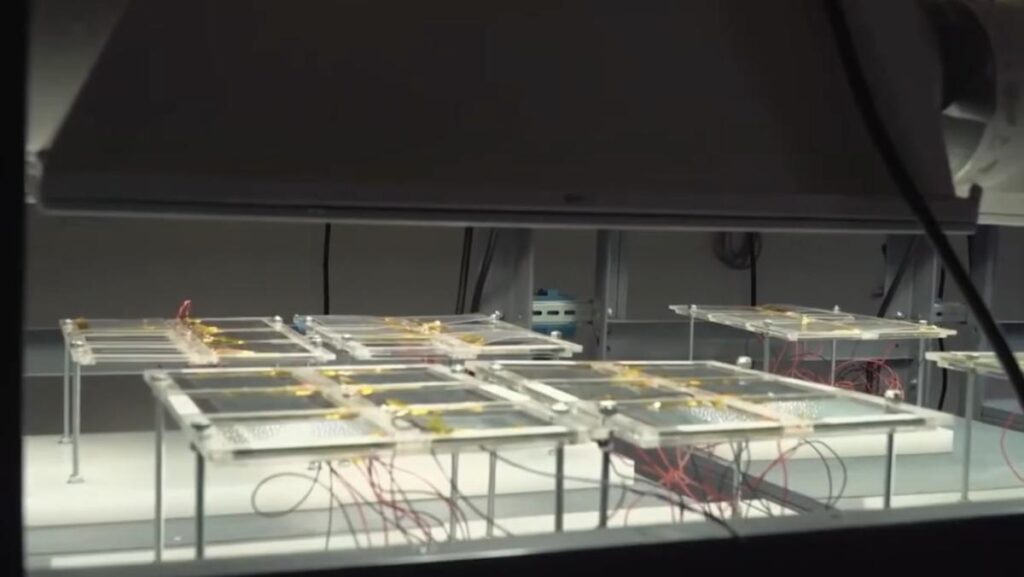Finding new places to install solar panels seems like a no-brainer, considering that adding them to the power grid can increase renewable energy potential and reduce electricity bills.
As reported by Altenergymag, NEXT Energy Technologies of Santa Barbara, California, has already achieved its goal of using NEXT OPV technology to turn modern buildings into structures that generate solar energy.
The company has successfully delivered large glass “wall” panels with transparent organic photovoltaic (OPV) coating to Gensler's headquarters in Los Angeles.
Gensler co-chairman Andy Cohen told Altenergymag: “NEXT Energy Technologies' transparent OPV is a groundbreaking innovation for architects that will transform sustainable building plans for the near future and net-zero construction plans for decades to come by transforming a building's glass façade into a clean, renewable energy source.”
MarketWatch reports that so far, OPV panels have typically only been about 11% efficient at converting light into energy, while most commercially available solar panels have an average energy efficiency of 15-20%.
But OPVs still have a lot of advantages: These organic versions use carbon-based semiconductors, which require much more abundant materials than those typically used in solar panels, but are much less toxic. They can also collect light in the invisible infrared and ultraviolet spectrums, while still allowing visible light to pass through.
NOW WATCH: These futuristic gas stations could completely change the way you feel about owning an EV
Gensler delivered 27-by-35-inch “Lite” panels that are currently in pilot operation with a goal of scaling up to a full-scale 60-by-120-inch version. The OPV coating is neutral gray and achieves an efficiency of 3.5%, while a less transparent spandrel glass version can achieve up to 12% efficiency.
As detailed in a report by Altenergymag, NEXT Energy claims that buildings using OPV-coated glass can handle up to 25% of a commercial building's energy load, while seamlessly blending into the design and not obstructing the views.
Researchers are using OPV in a variety of applications, including developing flexible, waterproof versions for use in clothing. Some are also investigating new organic materials that could improve transparency for window-based solar power, according to Phys.org.
Germany's Heliatek is working on developing a unique organic solar film that is “ultra-light, flexible, ultra-thin and truly environmentally friendly” and can be installed on building facades and other exterior surfaces where traditional photovoltaic panels won't work.
The folks at NEXT Energy are looking to the future with their business: Their technology can last for more than 30 years, earning additional points towards LEED certification and providing residents with less carbon pollution and a more sustainable living environment.
Homeowners can also make energy-conscious home upgrades. Adding rooftop solar panel arrays, geothermal heat pumps and other green technologies can help, as they can get money reimbursed by the government through the Curb Inflation Tax Credit incentive.
Sign up for our free newsletter for weekly updates on cool innovations Improving our lives and Save the planet.

